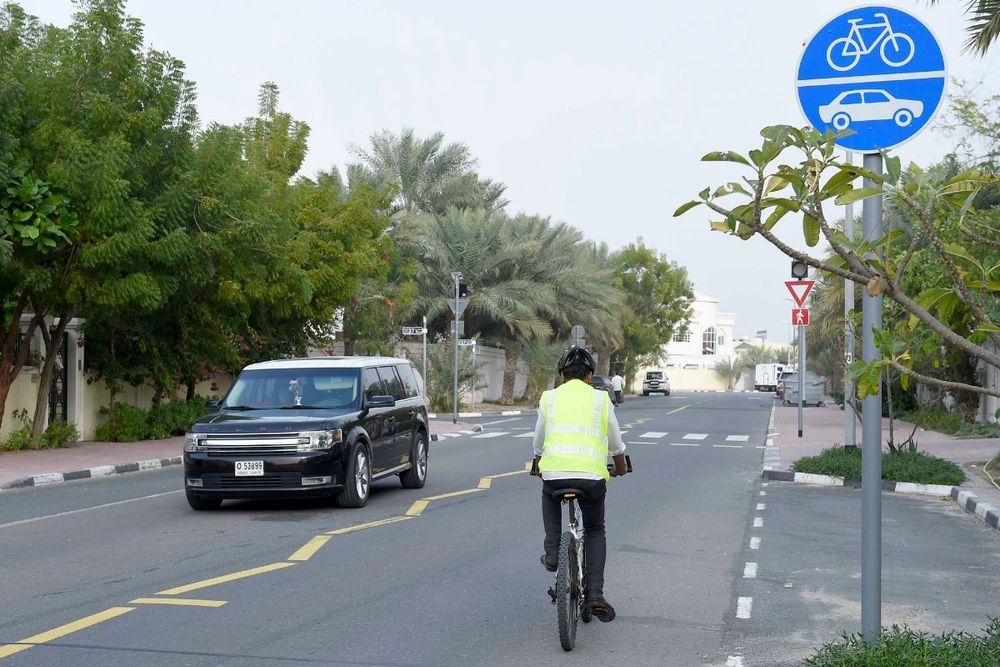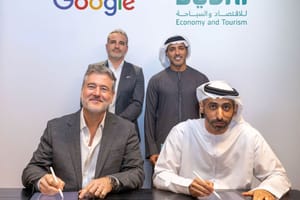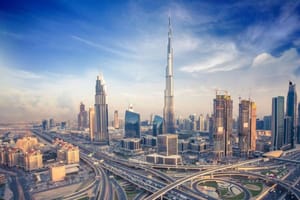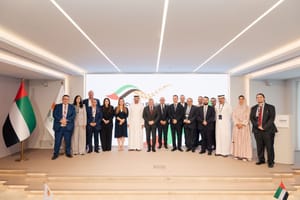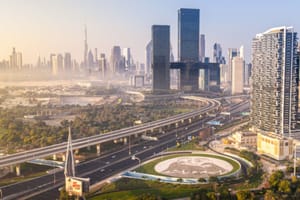Dubai’s Roads and Transport Authority (RTA) is set to start an expansion of its Flexible Mobility Project to cover Al Barsha 1 and 2 in the third quarter of this year and the project is scheduled for completion in the third quarter of next year.
RTA also announced the studying and designing of Flexible Mobility elements in eight Dubai districts namely: Al Ras, Al Bateen, Al Daghaya, Eyal Nasser, Al Souq Al Kabeer, Hor Al Anz, Abu Hail and Al Sabkha. Accordingly, the number of districts that will have flexible mobility means will increase to 29 districts by the end of 2026.
Commenting on the project, His Excellency Mattar Al Tayer, Director-General, Chairman of the Board of Executive Directors of the Roads and Transport Authority, said,
“The expantion in providing Flexible Mobility elements project culminates the excellent results of the initial phase of the project, which covered Al Qusais 1, Al Mankhool and Al Karama. The number of cycling trips at Al Qusais 1 doubled from 1173 journeys in 2020 to 2346 journeys in 2021. During the same period, the number of cycling trips increased by 23% at Al Karama and 12% at Al Mankhool. Pedestrians satisfaction with the improvement of the infrastructure as well as safety elements and flexible mobility in the three districts clocked 88%, whereas the satisfaction rating of cyclists hit 87%.
“RTA has carried out several flexible mobility elements to improve the infrastructure of the three localities, which included constructing more than 300 raised pedestrian crossings, and providing 33 km of shared cycling tracks in several areas. RTA has specified 52 km of roads shared by flexible mobility (non-motorised) means and vehicles, installed 2000 directional and cautionary signs, adjusted 77,000 square metres of pavements, and constructed 21 rest stops and 7 shaded areas/pathways while ensuring the needs of people of determination are served. The project contributed to pushing the number of cycling trips in Dubai from 20 million trips in 2021 to 36 million trips in 2021,” he added.
City Connectivity
“The Flexible Mobility plan aims to develop an integrated infrastructure that is friendly to all by enhancing the connection between development projects, attractions areas, and mass transit stations, which requires the use of individual mobility means like walking, bikes and electric scooters. The plan also aims to improve the first and last-mile solutions by offering an array of integral transport enablers such as cycling tracks, pedestrian crossings, rest areas, shaded areas/pathways, landscaped areas, car parks, drop-off and pick-up points and bike racks,”
explained Al Tayer.
RTA has commissioned a comprehensive study for a structural non-motorised mobility plan in Dubai. It focused on providing an appropriate infrastructure befitting relatively long and medium journeys to ensure safe and smooth transport for all.
RTA has charted out a strategy to expand the use of non-motorised transport modes, provide infrastructure friendly to residents, ease the accessibility for people of determination within the right-of-way, and enhance the connectivity between city components by facilitating the movement between development projects and attractions. The strategy focuses on improving the first and last-mile solutions and increasing the ridership of non-conventional (non-motorised) transit means, such as walking and cycling, besides offering integral transport elements at all RTA projects.
Integrated Transport
The Flexible Mobility project focuses on improving the elements of integrated transport, which mainly include: serving the needs of people of determination, constructing raised pedestrian crossings and speed-calming devices, specifying all types of cycling tracks, providing bike racks, installing directional and cautionary signs, adjusting pavements, specifying lanes shared by vehicles and non-motorised transport modes, constructing rest stops along with landscaped and sitting areas, providing shaded areas/pathways to encourage people to use flexible mobility means, and providing parking along with pick-up and drop-off points.
The selection of districts for implementing the Flexible Mobility projects is based on several criteria including the availability of mass transit means, high ridership rates, population density, type of land use (residential, commercial, or combined residential/commercial), and the current situation of the infrastructure for pedestrians and cyclists in the area.
News Source: Dubai Media Office
